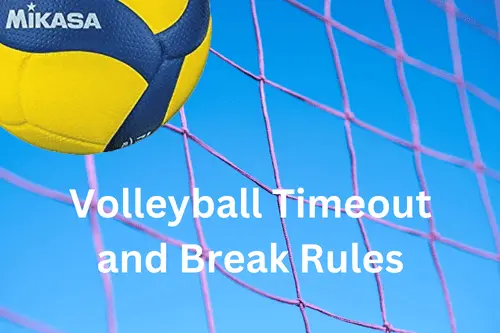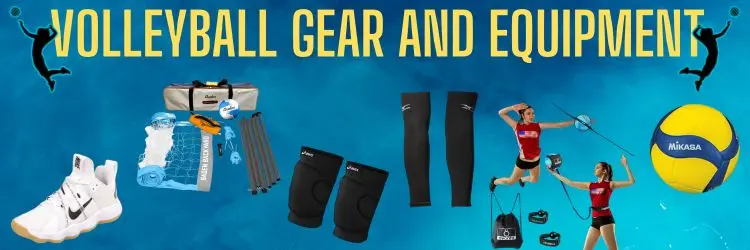Volleyball Timeout and Break Rules

Volleyball Timeout and Break Rules: Guidelines for Timeouts, Intervals and Breaks During Matches
In high intensity Volleyball matches, timeouts, intervals and breaks play a crucial role in allowing teams to strategize, recover and adjust their gameplay.
Understanding the official timeout and break rules ensures that players, coaches and referees adhere to standardized regulations while maintaining the flow of the game.
Timeout Rules in Volleyball
A timeout is a short stoppage in play that allows teams to regroup, receive instructions from their coach and rest momentarily.
Timeouts can be requested by the coach or captain and must follow specific guidelines outlined by the governing volleyball federation, such as the Fédération Internationale de Volleyball (FIVB), USA Volleyball (USAV), or National Collegiate Athletic Association (NCAA).
Number of Timeouts Allowed
- In FIVB and USAV indoor volleyball matches, each team is allowed two timeouts per set.
- In NCAA volleyball, teams also get two timeouts per set.
- In beach volleyball, teams are typically allowed one timeout per set.
Duration of Timeouts
- Each timeout lasts 30 seconds in FIVB and USAV competitions.
- In NCAA matches, timeouts may last up to 75 seconds.
- In professional leagues, some events allow for extended timeouts based on broadcasting requirements.
When Can Timeouts Be Called?
- A team can call a timeout only when the ball is out of play.
- A coach or team captain must signal the request to the referee.
- A timeout cannot be requested after the referee has whistled for service.
Consecutive Timeouts
- Teams cannot take consecutive timeouts without a rally in between.
- Each team must wait for the next play to begin before calling another timeout.
Technical Timeouts
Technical timeouts are automatic breaks designed to regulate game flow and allow teams a scheduled break.
- In FIVB and international competitions, a technical timeout occurs automatically when the leading team reaches 8 and 16 points in sets played to 25.
- Technical timeouts last 60 seconds.
- There are no technical timeouts in sets played to 15 points, such as the fifth set in a match.
- Technical timeouts are not used in NCAA or USAV matches.
Intervals Between Sets
Intervals between sets provide teams with rest and preparation time.
Standard Set Intervals
- In most competitions, there is a 3 minute interval between sets.
- This allows teams to switch sides, receive coaching and rehydrate.
Fifth Set (Tiebreaker) Interval
- If a match goes to a deciding set (fifth set), teams switch sides when a team reaches 8 points.
- The interval before the fifth set remains 3 minutes.
Breaks During Matches
Besides timeouts and set intervals, other breaks may occur for various reasons:
Injury Timeouts
- If a player is injured, the referee may allow an official medical timeout.
- The injured player must be assessed quickly to determine if they can continue playing.
- If a substitution is needed, standard substitution rules apply.
Technical Delays
- If equipment malfunctions or other technical issues arise, the referee may call a stoppage until the issue is resolved.
Media and Commercial Breaks
- In professional and televised matches, additional breaks may be scheduled for commercials or promotional activities.
- These breaks do not interfere with the official timeout rules but may extend the total match duration.
Timeout and Break Strategies
Coaches and players use timeouts and breaks strategically to gain an advantage:
Tactical Adjustments
- Coaches use timeouts to adjust team formation, counter opponent strategies, or focus on weak spots.
Momentum Control
- A well timed timeout can disrupt an opponent’s momentum and allow a team to reset.
Player Recovery
- Timeouts provide crucial rest, hydration and mental regrouping for players.
Conclusion
Timeouts, intervals and breaks in volleyball are essential elements that contribute to strategy, player well-being and game flow. By understanding the official rules, teams can maximize their effectiveness while ensuring compliance with regulations.
Whether in professional leagues, collegiate competitions, or recreational matches, managing timeouts efficiently can be a game changing factor in volleyball success.


